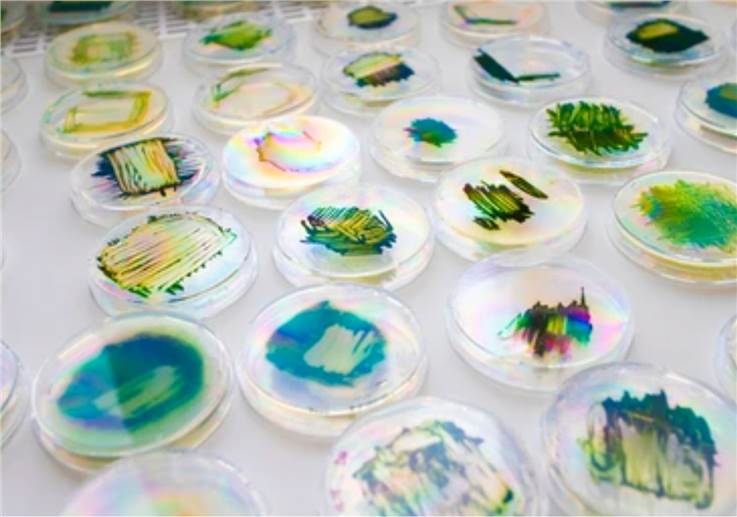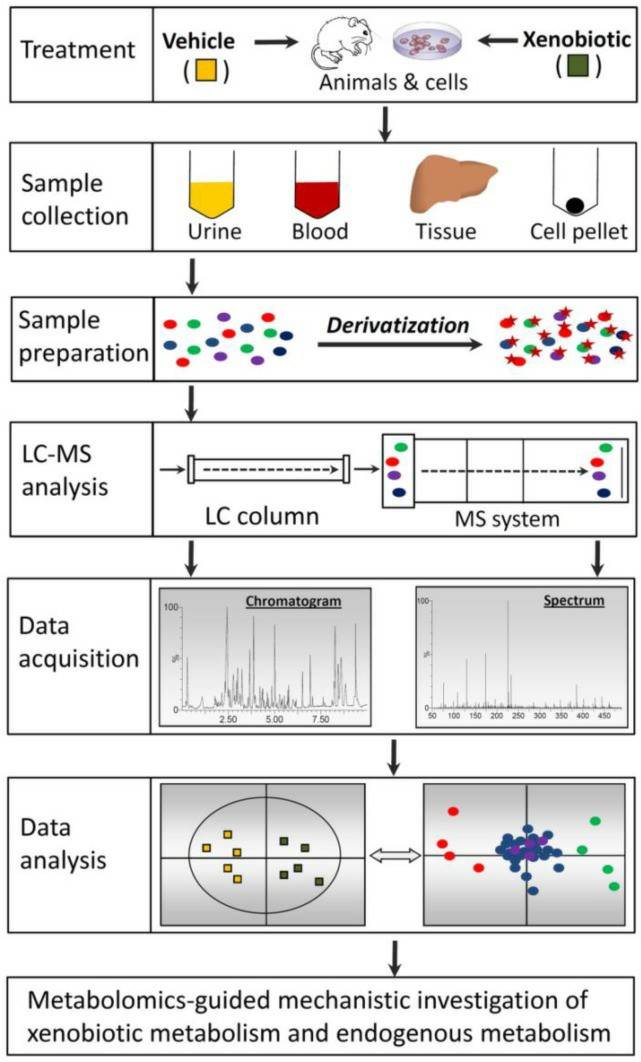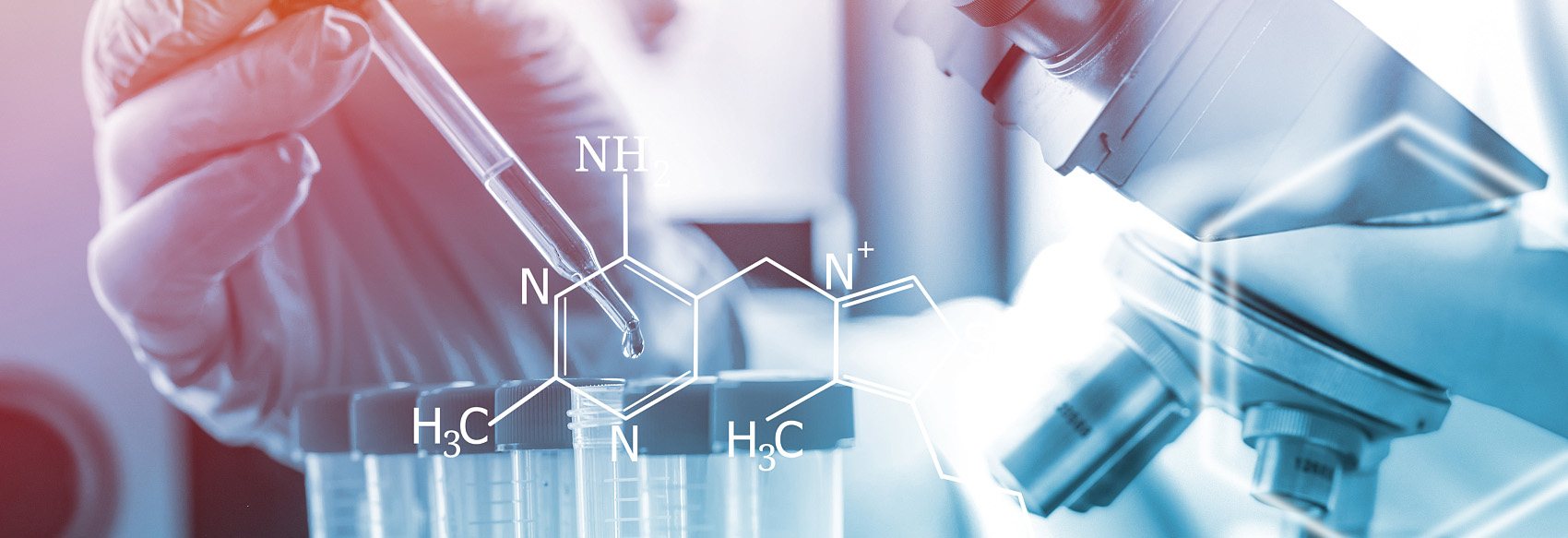Due to its universality, high sensitivity, and specificity, combined chromatography and mass spectrometry has gradually replaced other methods as the mainstream method for metabolomics research. Our company offers customers top-notch untargeted liquid chromatography-mass spectrometry (LC-MS) metabolomics services.
LC-MS technology is well suited to the detection of complex metabolites and the identification of potential markers in biological samples. It is playing an increasingly important role in the fields of plants, microorganisms, animal tissues and biological fluids.
Service Overview

Our company's LC-MS untargeted metabolomics is suitable for the analysis of metabolites that are difficult to volatilize or have poor thermal stability, with high throughput, high resolution and excellent sensitivity. By combining packing materials with smaller particle sizes and greater pressures, the technique uses ultra-high pressure liquid chromatography (UPLC), also known as ultra-high performance liquid chromatography, to give higher separation capacities, quicker separations, and superior sensitivity.
In tandem MS scan mode, both primary and secondary mass spectral information about metabolites can be obtained concurrently. This enables the resolution of the mass spectrometric information and the detection and identification of hundreds or thousands of metabolites in a single analysis when paired with metabolomics data processing tools. The combination of chromatography and mass spectrometry offers superior accuracy, can identify most metabolites, and is very inexpensive.
Technical Advantages
- Based on a high-resolution, high-sensitivity mass spectrometry platform.
- Strict quality control to ensure qualitative and quantitative results for each project.
Sample Requirements
Our protein chip detection service is implemented using high-density commercial chips and offers the following comparative advantages.
- Chip standard: 1×25×76 mm silicon base, protein spot diameter ~60 μm, volume 0.5~1 nL.
- Protein chip: high signal-to-noise ratio, good stability, maintain natural protein conformation as much as possible, high specificity.
- Technical reproducibility: 2 technical reproducibilities per protein spot.
- Versatility: We use fluorescent reporter groups of different wavelengths to detect multiple reactants for each immobilized protein on the chip.
- Purification system: All proteins are expressed and purified by eukaryotic yeast expression system under non-denaturing conditions.
- Production conditions: temperature 4~8 ℃, humidity 30~40%, overnight fixation at 4 ℃, long-term storage at -80 ℃.
Research Capabilities
(1) Homogeneous liquid samples such as serum/plasma/urine/urine/cerebrospinal fluid/amniotic fluid: 200 uL or more/sample. Liquid nitrogen flash freezes at -80 °C for storage. Dry ice delivery. Hemolysis should be avoided. Cerebrospinal fluid can be as low as 100 uL.
(2) Animal tissue/fecal related samples: 200 mg or more/sample; stored in liquid nitrogen at -80 °C; shipped on dry ice.
(3) Plant roots/stems/leaves/fruits/seeds: 200 mg wet weight or more/sample. Quick-freeze in liquid nitrogen, stored at -80 °C. Shipped on dry ice.
(4) Cells/microorganisms/cell supernatant/media supernatant: The number of cells or bacteria should be greater than 107 per sample. Supernatant should be greater than 2 mL/sample. Quick-freeze in liquid nitrogen and store at -80 °C. Dry ice delivery.
(5) For other types of samples, please consult technical support or sales.
 Fig.1 The work flow of untargeted LC-MS-based metabolomics. (Chen C, et al. 2013)
Fig.1 The work flow of untargeted LC-MS-based metabolomics. (Chen C, et al. 2013)
Advantages of LC-MS Untargeted Metabolomics
In addition to the ability to analyze strongly polar, difficult to volatilize, and thermally unstable compounds that cannot be analyzed by gas chromatography-mass spectrometry (GC-MS), LC-MS has the following advantages.
- Wide analytical range: MS can detect almost all compounds, which makes it easier to solve the problem of analyzing thermally unstable compounds.
- High separation capability: Even if the analyzed mixtures are not completely separated on the chromatogram, the characteristic ion mass chromatogram of MS can give their respective chromatograms for final characterization and quantification.
- Reliable results of qualitative analysis: Molecular weight, as well as detailed structural information about each component, can be given simultaneously.
- Low detection limit and high sensitivity of MS: The detection capability can be improved by more than one order of magnitude by the selective ion detection (SIM) method.
- Fast analysis time: The liquid chromatographic column used in HPLC-MS is a narrow diameter column, which shortens the analysis time and improves the separation effect. HPLC-MS is highly automated.
If you are looking for smarter, higher quality solutions that incorporate best practices, please feel free to contact us.
Reference
- Chen C, et al. (2013). "LC-MS-based Metabolomics of Xenobiotic-induced Toxicities." Computational and Structural Biotechnology Journal. 4(5): e201301008.
Related Services
It should be noted that our service is only used for research, not for clinical use.


 Fig.1 The work flow of untargeted LC-MS-based metabolomics. (Chen C, et al. 2013)
Fig.1 The work flow of untargeted LC-MS-based metabolomics. (Chen C, et al. 2013)